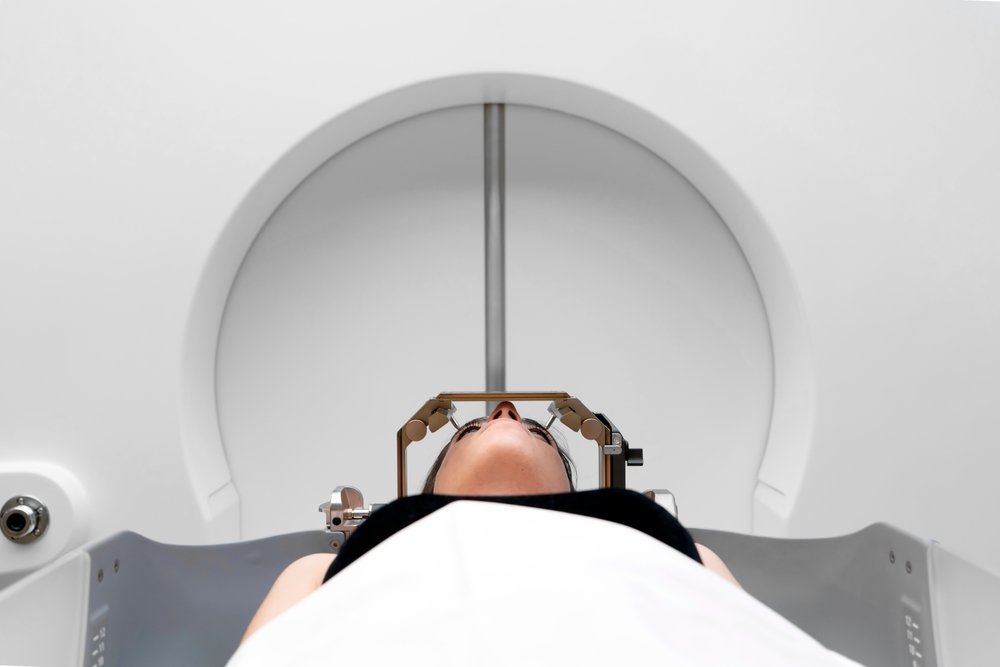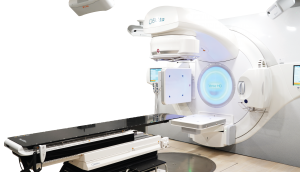
WORDS DR AMINUDIN RAHMAN MOHD MYDIN
 FEATURED EXPERT FEATURED EXPERTDR AMINUDIN RAHMAN MOHD MYDIN Consultant Clinical Oncologist KPJ Damansara Specialist Hospital |
It’s an undeniable fact that cancer is one of the leading causes of death both in Malaysia and worldwide.
HOWEVER, CANCER NEED NOT NECESSARILY BE A DEATH SENTENCE THESE DAYS
There are numerous developments in the technology behind cancer screening that allows more precise cancer treatment and hence a greater potential for better treatment outcome.
Many exciting developments have taken place in the field of radiation therapy, also called radiotherapy.
Radiation therapy involves the use of high-powered X-rays and other types of radiation to disrupt the growth of a tumour.
As a result, the tumour will eventually start to shrink.
Depending on the type and severity of cancer, it can be used as a single form of cancer treatment.
It can also be used alongside chemotherapy and other forms of cancer treatments. For example, after a surgery to remove a tumour, the patient may receive radiation therapy to eliminate any leftover cancer cells in their body.
One significant development in radiation therapy is stereotactic radiosurgery, which is available in Malaysia.
WHAT IS STEREOTACTIC RADIOSURGERY (SRS)?
Click on the image for a larger, clearer version.
- This is a very precise form of radiation therapy.
- It can be used on both cancerous and non-cancerous or benign tumours.
The advantage of SRS over older radiotherapy systems |
|
Stereotactic radiosurgery is commonly used to treat the following:
- Abnormalities in the brain and spine, including cancer.
- Benign or non-cancerous tumours.
- Epilepsy.
- Trigeminal neuralgia, a rare and very painful chronic disease that affects the trigerminal nerve in the brain.
- Abnormal connections between arteries and veins, or arteriovenous malformations.
THE DIFFERENT TYPES OF STEREOTACTIC RADIOSURGERY
Gamma knife
- Commonly used to treat tumours and lesions in the brain.
- No actual knives are involved here—the ‘knife’ here is a highly focused beam of radiation!
- The beam is typically delivered under the control of a computer-guided treatment.
- The use of artificial intelligence or AI shows promise in optimizing delivery route of the radiation beam to the targeted areas of treatment.
Stereotactic body radiation therapy (SBRT)
- Commonly used on cancers that are still confined to a small area of the body and have not yet spread into nearby tissues.
- SBRT is used for tumours and cancers outside the brain, commonly those in the head and neck, lung, liver, pancreas, kidney, prostate, and spine regions.
- This treatment method delivers high doses of radiation to the targeted area over a matter of days. (Conventional radiation therapy may take place over a matter of weeks.)
- While highly concentrated radiation is applied, don’t worry—the treatment isn’t painful.
Proton therapy
- Commonly used to treat both cancerous and non-cancerous tumours that are located near important organs such as brain and spinal cord. It is also frequently used to treat cancer in children.
- This is a pretty complicated treatment, as the oncologist and their colleagues would need to first determine the specific location, size, and dimension of the tumour. This is often done via imaging tests such as computed tomography (CT) scans and magnetic resonance imaging (MRI).
- Once these details are obtained, the radiation oncologist will direct high-energy proton beams onto the tumour.
Linear accelerator (LINAC)
- Commonly used to treat cancers and tumours of the brain, spine, prostate, lung, breast, oesophagus, stomach, rectum, uterus, bladder, liver, kidney and more.
- This is a high-definition dynamic radiosurgery (HDRS) treatment that allows for accurate delivery to small areas of the body.
- It can target areas accurately, thereby minimizing exposure to healthy cells and hence side effects.
- It is also capable of delivering high-dosage radiation beams. This usually means that the patient’s radiotherapy sessions will take less time, and they will also require fewer sessions compared older radiotherapy systems.







